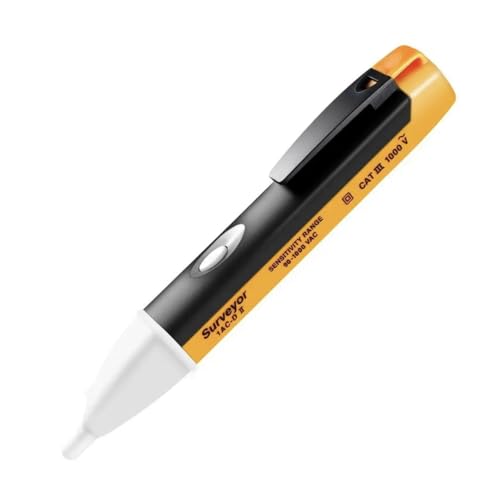sellers
Well-known member
- Joined
- Feb 2, 2009
- Messages
- 2,583
- Reaction score
- -2
Whats the deal with your typical aerial wiring.
Is it as simple as I'm thinking. Aerial with coax connected. To booster, then from booster with coaxes to every point.
or without booster, using a splitter of some sort.
Thanks
Is it as simple as I'm thinking. Aerial with coax connected. To booster, then from booster with coaxes to every point.
or without booster, using a splitter of some sort.
Thanks





























![TUOFENG 12 Gauge Silicone Wire -6 Meter [3 m Black and 3 m Red] 3.3mm² Soft and Flexible Electrical Wire for DIY Projects and Electrical Applications](https://m.media-amazon.com/images/I/51+++DjJ1DL._SL500_.jpg)


































